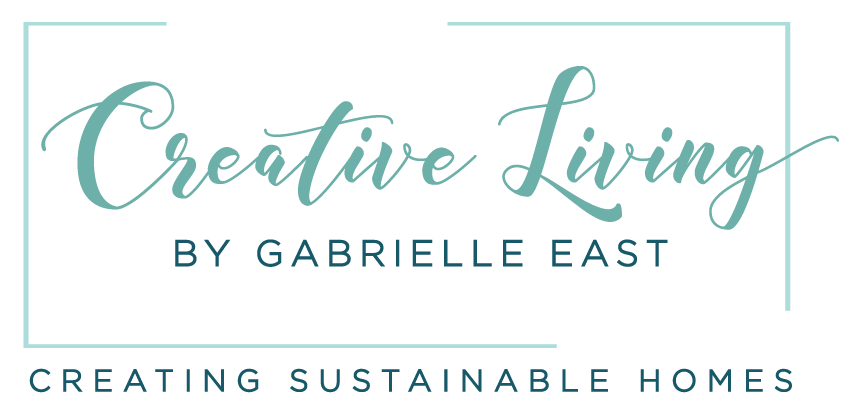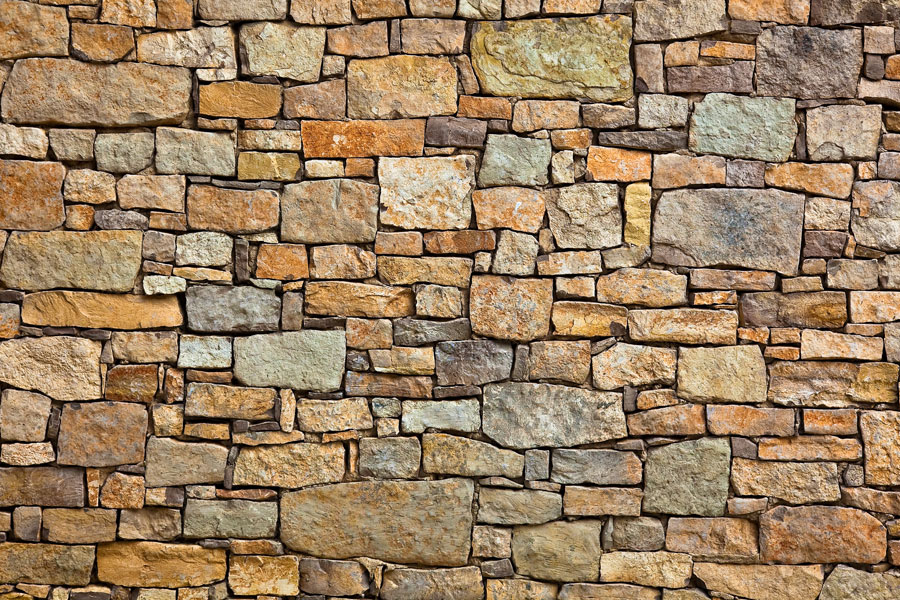stonemasonry
I've long had a fascination with Stonemasonry. I love the craft, the skill and the strength required to use this amazing material. It's like a 3D puzzle, but heavier.
Masonry is the craft of shaping rough pieces of rock into accurate geometrical shapes, at times simple, but some of considerable complexity, and then arranging the resulting stones, often together with mortar, to form structures.
A stone home has walls built from solid stone, using the techniques of stone and rubble masonry or dry stone. A true stone home’s walls are load bearing - they carry the weight of the roof as well as any upper floors. Stone is a traditional building material with many positive features.
Stone walls have numerous benefits. The use of stone gives walls an interesting and often spectacular finish, whether you want your home to resemble a quaint cottage or an imposing castle. Providing you choose the right sort of stone, a well built stone structure can literally last for hundreds of years.
For more durable walls, a hard stone such as granite should be chosen. Softer stones like sandstone and limestone may wear down over time and can deteriorate in contact with pollution. Their resistance to fire and strong winds improves the durability of stone walls. Most stone has a naturally high thermal mass, so it absorbs heat during the day and releases it at night, cutting down on your heating and cooling costs. Extra insulation will assist in making a stone home especially energy efficient.
Stone is a naturally occurring building material that can often be sourced for no charge. You might use stone from your own property or you might find a local landowner happy for you to clear it from their property. Local quarries can also be a source of cheap stone for building. As long as the stones are locally sourced, the lack of manufacturing required makes stone an ecologically sound building material.
Stuart Archer and Liz Marinko - Torispardon









